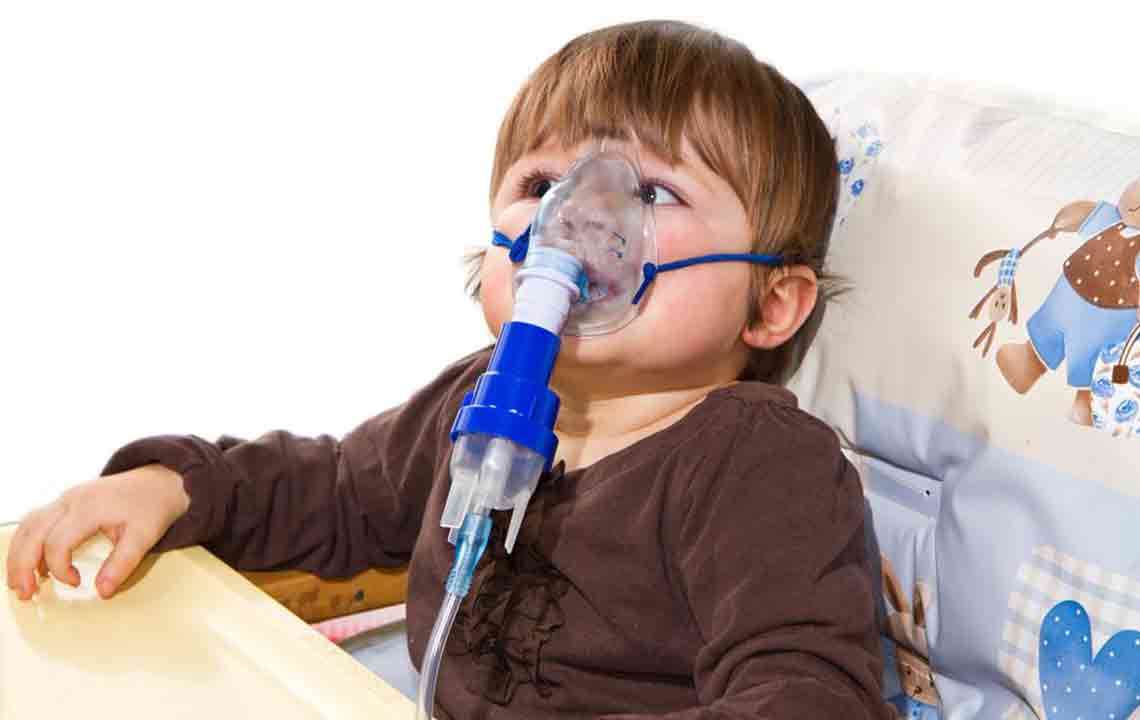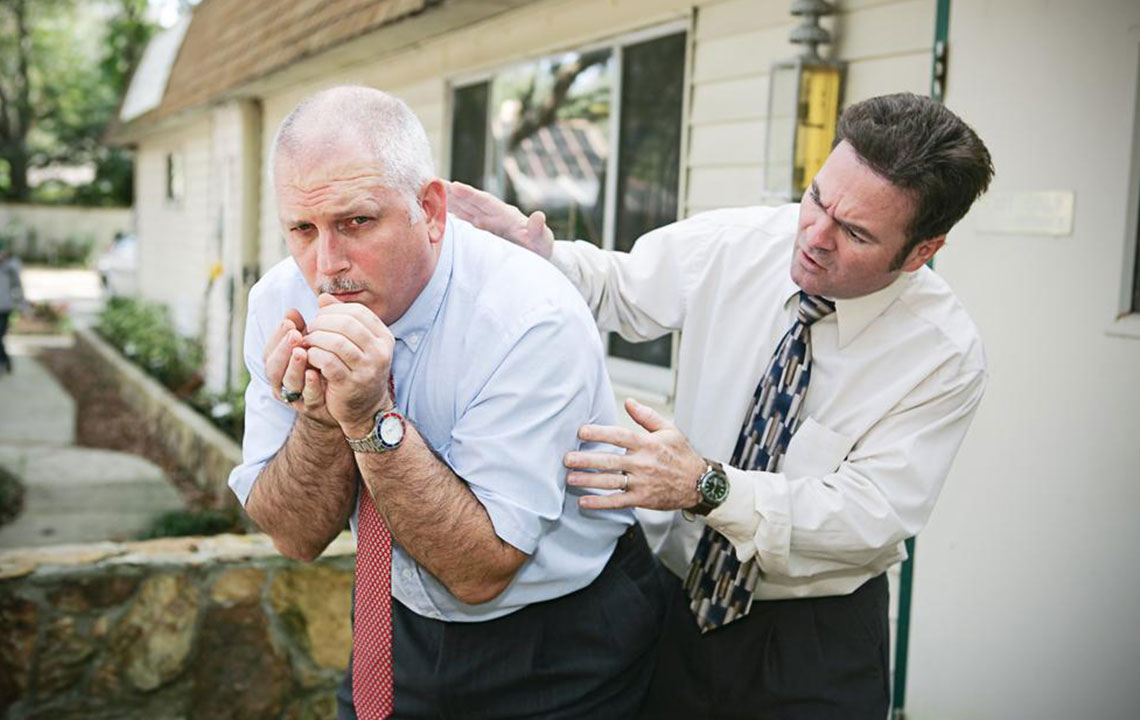Comprehensive Guide to Recognizing Symptoms and Causes of Pneumonia and Respiratory Infections
This detailed article explores pneumonia comprehensively, focusing on its symptoms, causes, classification, and treatment options. It emphasizes the importance of early detection and appropriate management to prevent severe health complications. With insights into different pneumonia types, signs to watch for, and treatment strategies, readers gain a thorough understanding of this respiratory illness, enabling better awareness and prompt action. Ideal for healthcare professionals and the general public, the article highlights prevention and effective care methods for respiratory health.

In-Depth Understanding of Pneumonia Symptoms, Causes, and Respiratory Illnesses
Pneumonia is a serious respiratory illness that can strike individuals of all ages, from young children to older adults. It is characterized by inflammation of the air sacs, or alveoli, in the lungs, which become filled with fluid or pus. This process hampers normal oxygen exchange, leading to breathing difficulties and other health complications. Given the diverse causes and symptoms associated with pneumonia, timely diagnosis and treatment are crucial for recovery and prevention of severe outcomes.
Pneumonia’s etiology is multifaceted, involving bacterial, viral, fungal agents, or exposure to airborne irritants. Recognizing the different types and associated symptoms helps healthcare professionals determine the appropriate treatment plan. Additionally, understanding how pneumonia is acquired—whether within hospital settings or in the community—can influence prevention strategies and management approaches.
Hospital-acquired pneumonia (HAP): Contracted in healthcare environments; tends to be more resistant to standard antibiotics and requires careful management.
Community-acquired pneumonia (CAP): Contracted outside hospital settings and is the most common form encountered in everyday life.
Other classifications include aspiration pneumonia, caused by inhaling food, saliva, or secretions into the lungs, and ventilator-associated pneumonia (VAP), which affects patients on mechanical ventilators.
Recognizing the Symptoms of Pneumonia
One of the critical aspects of managing pneumonia is early recognition of its symptoms. These symptoms can vary significantly depending on the individual’s age, immune status, and the specific pathogen involved. Common signs indicating pneumonia include:
A persistent cough that often produces discolored mucus, which may be yellow, green, or even bloody.
Fever that can range from mild to high-grade, often accompanied by sweating and chills.
Chills and shivering, sometimes severe enough to cause a person to seek additional blankets even in warm environments.
Shortness of breath, especially during physical activity or exertion, but sometimes present at rest.
Chest pain that intensifies with deep breathing or coughing, often described as sharp or stabbing.
Additional symptoms include headaches, significant fatigue, muscle aches, and a loss of appetite.
In elderly patients, pneumonia may present atypically with confusion, disorientation, or reduced alertness.
Severe cases, especially bacterial or viral pneumonia, may cause high fever, rapid breathing, and bluish discoloration of lips or nails due to oxygen deficiency.
It's important to note that viral pneumonia initially presents with flu-like symptoms—dry cough, fever, sore throat, muscle aches, and fatigue. These symptoms can suddenly escalate, leading to severe shortness of breath and copious mucus production, underscoring the importance of prompt medical attention.
Effective Management and Treatment Options
Proper diagnosis of pneumonia relies on a combination of clinical evaluation, laboratory tests, imaging studies such as chest X-rays, and sometimes blood or sputum cultures. Once the causative agent—bacteria, virus, or fungi—is identified, targeted treatment can commence. Antibiotics remain the cornerstone for bacterial pneumonia, while antiviral medications are used when viruses are responsible. Fungal pneumonia requires specific antifungal therapy.
Most patients experience noticeable improvement within days of starting appropriate treatment. Supportive care, including oxygen therapy, rest, hydration, and fever management, is also vital. In severe cases or when complications develop, hospitalization might be necessary. Preventive measures such as vaccination, proper hygiene, and avoiding smoking can significantly reduce the risk of pneumonia.
Monitoring for complications like pleural effusion, lung abscess, or respiratory failure is essential, especially in vulnerable populations such as infants, the elderly, or immunocompromised individuals. Recognizing the early symptoms and seeking timely medical help can reduce mortality rates and improve recovery prospects.





